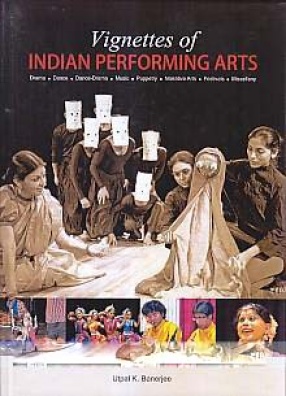
Utpal K Banerjee

Showing all 19 books

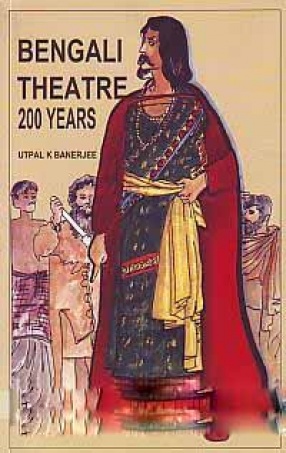
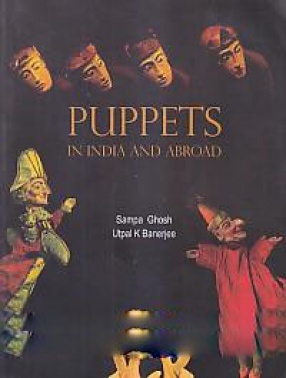
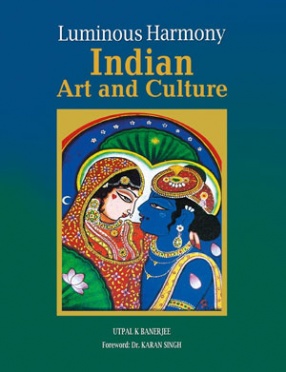
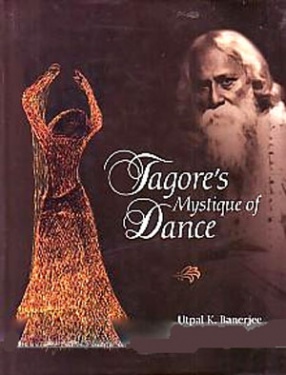
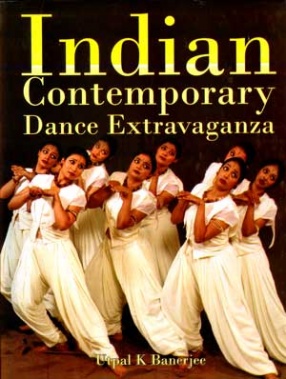
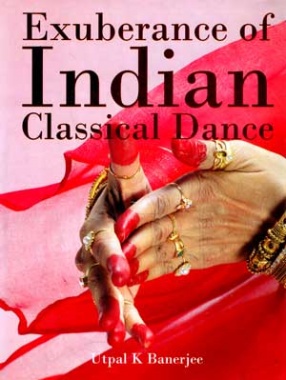
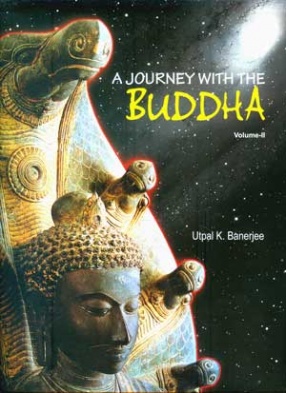
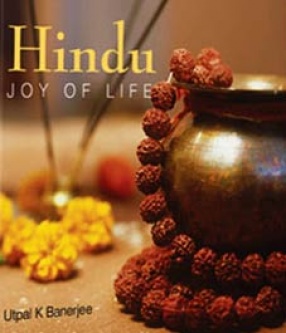

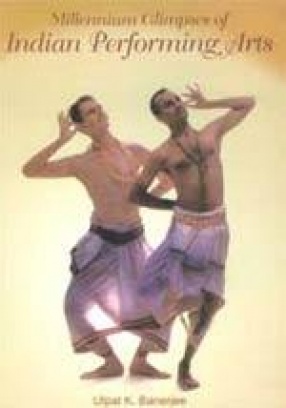
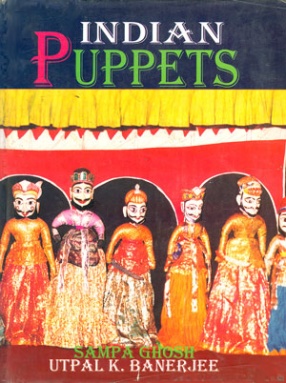
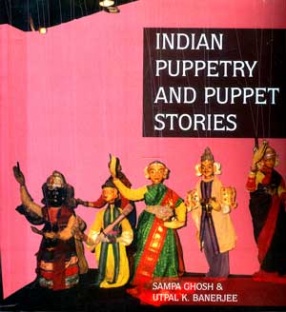
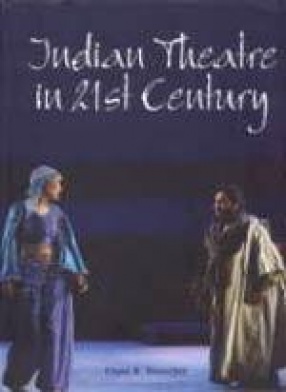

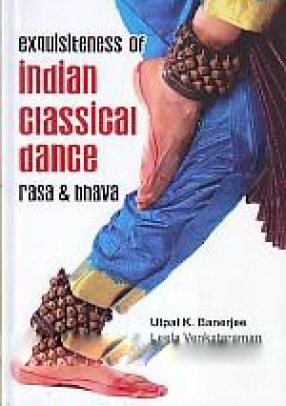
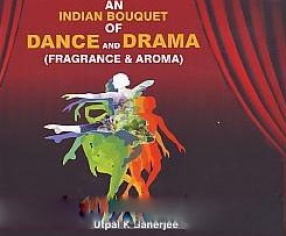
India is the largest democracy in the world and wants democracy to flourish in all the countries and especially in its neighbourhood without imposing its views on any of them. But alas our surroundings are studded with arrogant totalitarian regimes, hostile military dictatorships, unstable domains and most of them are all out to weaken our liberal, broadminded and sagacious efforts to help them. Hopefully some of them are steadily coming out of the slumber of ...



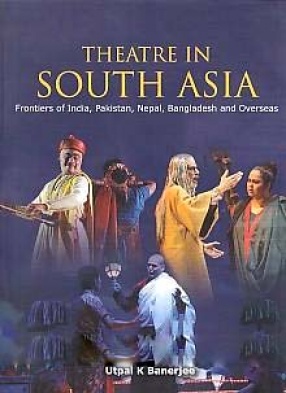

The sterak of fun and frolices in Tagore's luminous person was amply mainifest in his children's rhymes in Chitra-Bichitra (1954, deawn from Sahaj path, 1992), Khapchhada (1936) and Chhadar Chhabi (1937), rendered here in rhymes and meters as commensurate with Tagore as feasible. Interrogations and inquisitions between the curious child and her affectionate mother- or siblings-are liberally spelt out in Tagore's Shishu (1903), Sishu Path, 1992), and Galpasalpa ...

Luminous Harmony: Indian Art and Culture reveals the universal resonance in Indian art and culture, covering the grand Indian heritage by providing an overview of both the visual and performing arts. Votive traditions are also taken up, followed by an inquiry into traditions and rituals. The impact of Islam on Indian art and culture; cultural linkages with Central, South and Southeast Asia; India’s festivals; the sociology of Indian music and cinema; the ...

Rabindranath Tagore derived inspiration from diverse sources while articulating his ingenuity in the realm of visual, literary and performing arts. However, there always emerged an unmistakable fount of creativity of his own, expressed through Rabindra Nritya (Tagore’s Dance).Tagore’s Mystique of Dance examines, with archival images, three key hypotheses: What were the evolutionary features of Tagore’s dance-persona? What seminal cross-cultural ...

It is well-known that Indian classical dances, rooted in deep traditions, came virtually into their own after the nation's Independence. But the process had begun in the 1930's, gathered momentum soon and received ample re-vitalisation within next half a century. Interestingly, it was in the 1930's, too, that modern dance – based on contemporary sensibilities – also burst upon the scene. Inspired by the Western sources, but consolidated by ...

Indian classical dances, rooted in deep traditions, came virtually into their own after the nation's Independence. The process, begun in the 1930's, gathered momentum soon and received ample re-vitalisation within next half a century and count today Bharatanatyam, Odissi, Kathak, Manipuri, Kathakali, Mohiniyattam, Kuchipudi and Sattriya among eight recognised genres, with Vilasininatyam and Chhau rapidly claiming shares of recognition. Structure and spirit of ...

A Journey with Buddha' across pan-Asian countries and 27 centuries since the Buddha's appearance - has been an exciting fact-finding mission: both assimilative and analytical in approach. The questions from the modern man's context, are:What made the appearance of the Buddha and his credo so compelling to the Indian masses the 6th century BC? How far the ancient Jataka stories held prototypes for the parables and fables to follow the world over? How ...

Hindu: Joy of Life is an attempt to simplify the tenets of an age old religion and to demystify it for the reader of today. Utpal K Banerjee delves into the past to bring understanding to the present. This book is a quest to discover the enduring vitality that exists in the Hindu way of life. It celebrates a great tradition; it salutes its past and looks forward to the spread of Hinduism across the oceans. Beginning with the Vedic deities the sun, moon, fire and ...

Performing arts are a delight of the artists who have excelled in visual, oral-aural and moving art forms. Music, dance and theatre have coexisted for millennia in India and entered the 21st century in their full glory. Now, over the past one century, cinema has elevated itself to a distinctive art form. Music existed since the Vedic times and has been interpreted in dance. And cinema has thrived on the interplay of all the performing arts, not excluding ...

Dance, music, theatre and puppetry were born in India millennia ago, while cinema is the most new-fangled art form hardly a century old. But all five of them have been undergoing rapid transformation over the last few decades and the process has only been accelerated in the new millennium. The present volume attempts to provide some exciting glimpses in the happening scene in the current decade. Some aesthetes and experts, with substantial knowledge of their ...

Puppetry originated in India and traveled across the seven seas to the Eastern and Western world as vouched by many scholars. Puppets dated back to a period well before Bharata’s Natya Shastra and have continued unabated throughout the centuries in almost all Indian sates. Puppetry is one enduring form which has entertained masses and educated people. The famous puppeteers of Rajasthan are really acrobats, who only put on puppet shows when they ...

Whoever, in India, has not seen Rajasthani puppeteers wearing colourful costumes who make their Kath Putlis dance and execute actions right in front of the band of fascinated children (and adults)? Indeed, Puppetry is one of the most ancient skilled art forms in this land and virtually exists in all states. The puppets are animated objects that perform like characters in theatre and often much more. Especially for children, it is willing suspension of ...

The book covers the contemporary existing scenario of Indian theatre--over the current decade--after tracing its roots briefly for different language-groups. The book's uniqueness lies in its attention paid to the emerging professional theatre; wide prevalence of English, Hindi, Bengali and Marathi drama; overview of theatre in other regional languages (not covered in any recent tomes); and special focus in such ignored aspects as training theatre, ...
